Tags: climate change
Interview with NYC Parks Commissioner Mitchell J. Silver on Resiliency, Equity, Transformation, and Freshkills Park

Earlier this summer, I had the opportunity to join all of the NYC Parks summer interns and listen to Commissioner Mitchell J. Silver speak on the history and the exciting future of New York City parks. He talked about several initiatives including increasing park-neighborhood connectivity through Parks Without Borders, refreshing city pools through Cool Pools, and giving underserved communities the renovated parks they deserve through the Community Parks Initiative.
...MOREClimate Change Intern: Damaris Borden
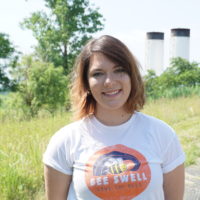
Damaris Borden is Freshkills Park’s Climate Change Intern for the summer of 2019. Having grown up in the Pacific Northwest, she is passionate about improving people’s access to nature and its therapeutic effects. She is a rising senior at Bard College where she is pursuing a bachelor’s degree in Environmental and Urban Studies with a focus in economics, policy, and development, as well as a master’s degree in Climate Science and Policy.
...MOREFreshkills Park Past, Present, and Future: Seeking Local Perspectives

Freshkills Park is a story of environmental reclamation, the impacts of which reach far beyond the park’s boundaries. In reclaiming the land once occupied by the world’s largest landfill for forests, wetlands, and new grasslands, Staten Islanders at large have reclaimed their fresh air, scenic views, and recreation opportunities.
...MOREAs Birds Face Threats from Climate Change, Freshkills Park Could Be a Refuge

Dr. Richard Veit first saw grasshopper sparrows nesting at Freshkills Park in 2015. This was a surprising discovery for Veit, a College of Staten Island researcher who has been studying the site’s grassland bird populations for decades. According to the Breeding Bird Survey, grasshopper sparrow populations have declined by 97% in New York State.
...MORENew 1.5°C Plan Aligns NYC with the Paris Climate Agreement

In 2016, nearly every country signed the Paris Climate Agreement. The agreement requires all participating countries to take action to reduce greenhouse gas emissions in order to keep the Earth’s temperature from rising two degrees Celsius above pre-industrial levels. Two degrees might not seem like a lot, but according to NASA it’s probably the tipping point for widespread ecological problems caused by climate change.
...MOREFarther Afield: Urban Heat Island Effect and the City

Summer 2014 has been quite moderate compared to other humid, sweat-drenched days of summer past. However, this relatively mild summer may just be an outlier. According to Climate-Central, not-for-profit climate research think tank, urban areas have increased their summertime temperatures an average of 2f during the day and 4f overnight.
...MOREFarther Afield: Insect-based feed innovations
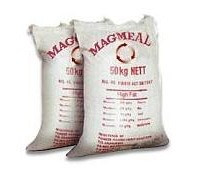
Think about bugs; now think about billions of insects concentrated in one facility. Some might get queasy at this thought; however, that is exactly what is happening at a new 90,000 square foot facility near South Africa’s Capetown. Typical production of protein requires a great deal of water, land and capital.
...MOREFarther Afield: Returning Pinehurst Golf Course to Nature
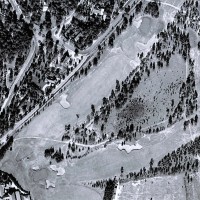
Nestled amongst the sand hills of North Carolina’s Piedmont region, the Pinehurst Resort’s Golf Course has done much to reduce its impact on local water infrastructure. Prior to the restoration, there were 2,100 sprinklers onsite and after the process is completed only 1,400 will remain – a reduction of more than 30% that will lead to a decline of the golf course’s consumptive water use by nearly 40 million gallons per year.
...MOREInvasive Insects
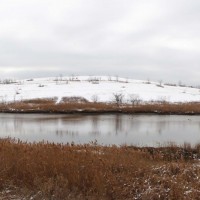
The silver lining to the recent unrelenting cold snap is that many types of invasive insects can’t survive the frigid conditions. These invasive insects include the emerald ash bore, known for killing millions of trees in the last decade, and the gypsy moth, which eats the leaves of trees, such as those used to grow agricultural crops.
...MOREDesigning Resilient Streets
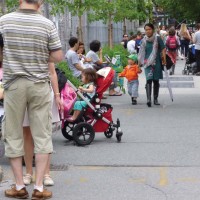
How do you design a space to maximize its social and ecological resiliency? A green space where the community gathers and plants help clean the air and absorb storm water. You might think that such a space could only be achieved in a large park like Freshkills, but the newly released 2013 Street Design Manual demonstrates how the street in front of your doorstep can be transformed into a place that fosters social interactions and supports wildlife.
...MORESocial Resiliency to Climate Change
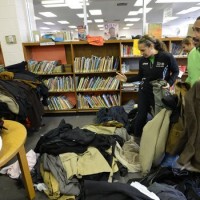
When Hurricane Sandy struck last October, the capacity of infrastructure to protect us suddenly became vital. As buildings crumbled and the roadways flooded, neighbors reached out to help one another and create impromptu community shelters. How can we foster these types of social support networks can help communities be more resilient to climate change?
...MORENYC Requests Bold Ideas and Creative Solutions for Resilient Waterfront Development
To engage best practices and innovative thinking from around the world, the city has invited designers and urban planners to submit plans for an 80-acre site in Far Rockaway, Queens. The FAR ROC [For a Resilient Rockaway] competition entries will provide inventive solutions to be applied directly in the Rockaways, as well as new ideas for other at-risk waterfront neighborhoods throughout the city.
...MOREScotland’s Innovative Plans for “Climate Change Parks”
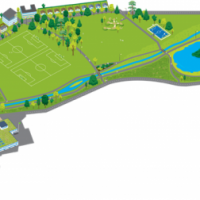
Across the pond, the nonprofit organization greenspace scotland, in partnership with Scottish National Heritage, has created a fascinating new e-resource called “Creating Climate Change Parks.” The resource provides important design guidance for both the retro-fitting of older parks with climate change-friendly updates, such as tree planting schemes, green roofs and water management techniques, as well as guidelines for newly designed parks.
...MORE



